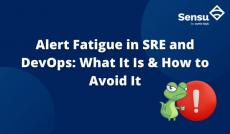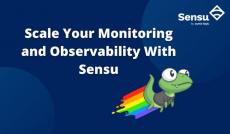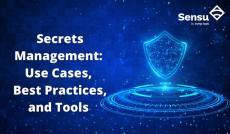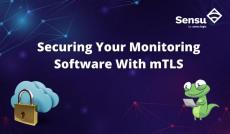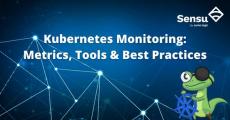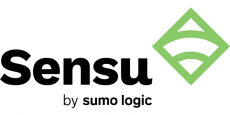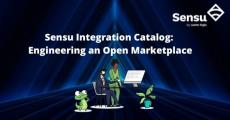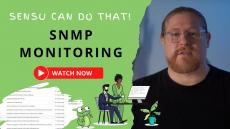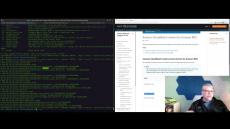- May 2023 (3)
- April 2023 (1)
- March 2023 (2)
- February 2023 (1)
- January 2023 (2)
- November 2022 (3)
- October 2022 (2)
- September 2022 (2)
- August 2022 (1)
- June 2022 (4)
- May 2022 (1)
- April 2022 (2)
- March 2022 (2)
- February 2022 (1)
- December 2021 (1)
- November 2021 (1)
- September 2021 (1)
- June 2021 (2)
- March 2021 (1)
- February 2021 (4)
- January 2021 (3)
- December 2020 (3)
- November 2020 (4)
- October 2020 (4)
- September 2020 (4)
- August 2020 (4)
- July 2020 (5)
- June 2020 (5)
- May 2020 (4)
- April 2020 (5)
- March 2020 (8)
- February 2020 (5)
- January 2020 (5)
- December 2019 (5)
- November 2019 (3)
- October 2019 (6)
- September 2019 (7)
- August 2019 (2)
- July 2019 (3)
- June 2019 (4)
- May 2019 (3)
- April 2019 (4)
- March 2019 (6)
- February 2019 (2)
- January 2019 (2)
- December 2018 (6)
- November 2018 (4)
- October 2018 (10)
- September 2018 (17)
- August 2018 (3)
- July 2018 (4)
- June 2018 (1)
- May 2018 (2)
- April 2018 (1)
Sensu Inc. is the creator and maintainer of Sensu, the open source monitoring event pipeline. Founded in 2017, Sensu empowers businesses to automate their monitoring workflow and gain deep visibility into their infrastructure, applications, and operations. Backed by one of the largest open source communities in monitoring, companies like Netflix, General Electric, and the Associated Press rely on Sensu to help them deliver value to their customers faster, at larger scale. Sensu maintains the free and open source Sensu Core framework as well as the commercially supported Sensu Enterprise, which offers enhanced features to simplify operations and governance, with multi-cloud support for monitoring at scale.
Headquartered in Portland, Oregon, Sensu currently operates as a fully distributed team, with employees located throughout the United States and Canada. For more information, follow @sensu on Twitter or visit https://sensu.io.


